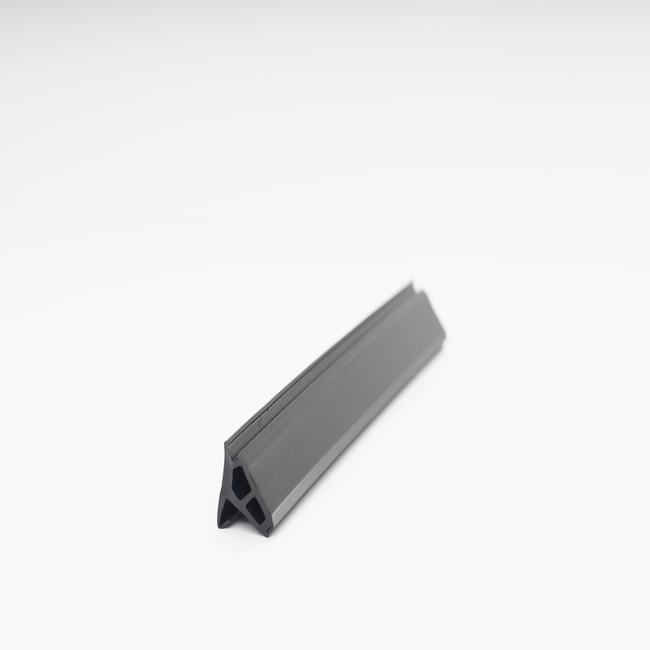Dilatation seals, often referred to as expansion joints, are essential components in various engineering and construction applications. These seals play a critical role in accommodating dimensional changes, movement, and thermal expansion within a system or structure. They are designed to provide a flexible and resilient connection between two adjacent components, allowing for the controlled movement and stress relief that occurs due to environmental factors, temperature fluctuations, or dynamic loads.
Here’s a more detailed description of dilatation seals:
- Purpose: The primary purpose of dilatation seals is to absorb and distribute the stresses and displacements that result from changes in temperature, pressure, vibration, settlement, and other factors in a system or structure. By doing so, they prevent damage and extend the service life of the components they connect.
- Types of Dilatation Seals:
- Rubber Expansion Joints: These are composed of flexible rubber elements with metal reinforcements. They are ideal for absorbing thermal expansion and vibration in pipelines and ducting systems.
- Metal Expansion Joints: Made of metal bellows, these joints are suitable for high-temperature and high-pressure applications. They offer excellent resistance to corrosion and wear.
- Fabric Expansion Joints: These joints are constructed with fabric materials and are often used in low-pressure, low-temperature environments. They are lightweight and cost-effective.
- Applications:
- Piping Systems: Dilatation seals are commonly used in pipelines, both in industrial and commercial settings. They accommodate the movement and vibration of pipes due to temperature changes and fluid flow.
- Building Construction: In construction, expansion joints are employed to allow for the movement of building materials, such as concrete slabs or bridges. They prevent cracks and structural damage.
- Mechanical Systems: In mechanical engineering, dilatation seals can be found in machinery and equipment to absorb vibrations and thermal expansion.
- Transportation: Expansion joints are used in bridges and roads to allow for the expansion and contraction of concrete or metal components, ensuring structural integrity and safety.
- Design and Materials:
- The design of dilatation seals depends on the specific application, taking into account factors like temperature, pressure, movement, and the medium being transported.
- Materials used can include rubber, neoprene, PTFE, stainless steel, and various alloys. The choice of material is crucial to ensure compatibility with the working conditions.
- Installation and Maintenance:
- Proper installation is essential to ensure the effectiveness of dilatation seals.
- Regular inspection and maintenance are required to monitor wear and tear, as well as to detect potential issues that could compromise the functionality of the seals.
- Advantages:
- Prevents damage to connected components.
- Enhances safety by reducing the risk of leaks or structural failures.
- Increases the lifespan of systems and structures.
- Improves efficiency by accommodating movement and thermal expansion.
- Challenges:
- Dilatation seals can degrade over time, requiring periodic replacement.
- Poor maintenance or incorrect installation can lead to failures and safety hazards.
In conclusion, dilatation seals are essential components in various industries and applications, enabling the controlled movement and stress relief necessary to maintain the integrity and functionality of systems and structures while minimizing the risk of damage and failure due to environmental and operational factors. Their proper selection, design, installation, and maintenance are critical for the success and safety of the systems they serve.










